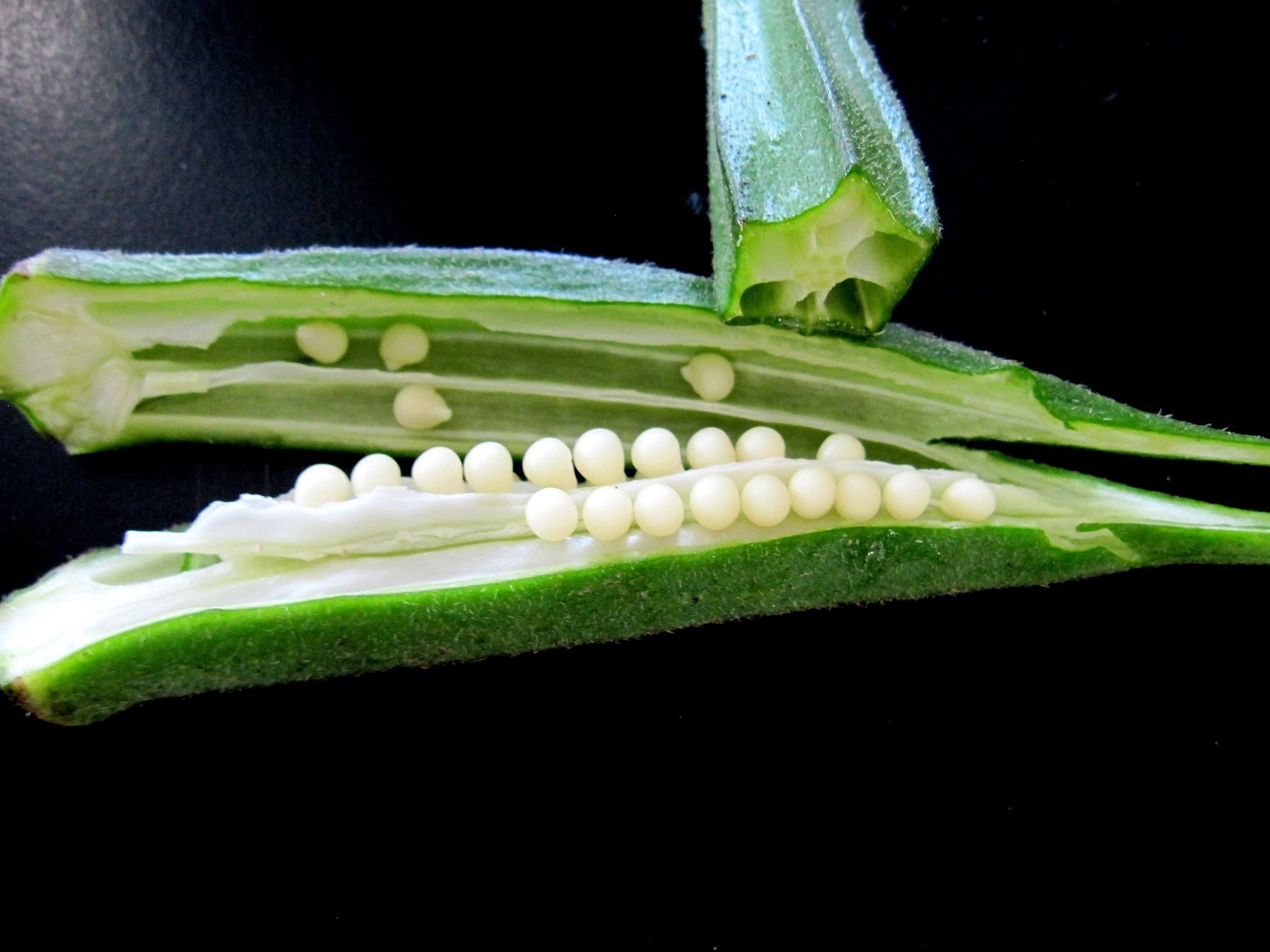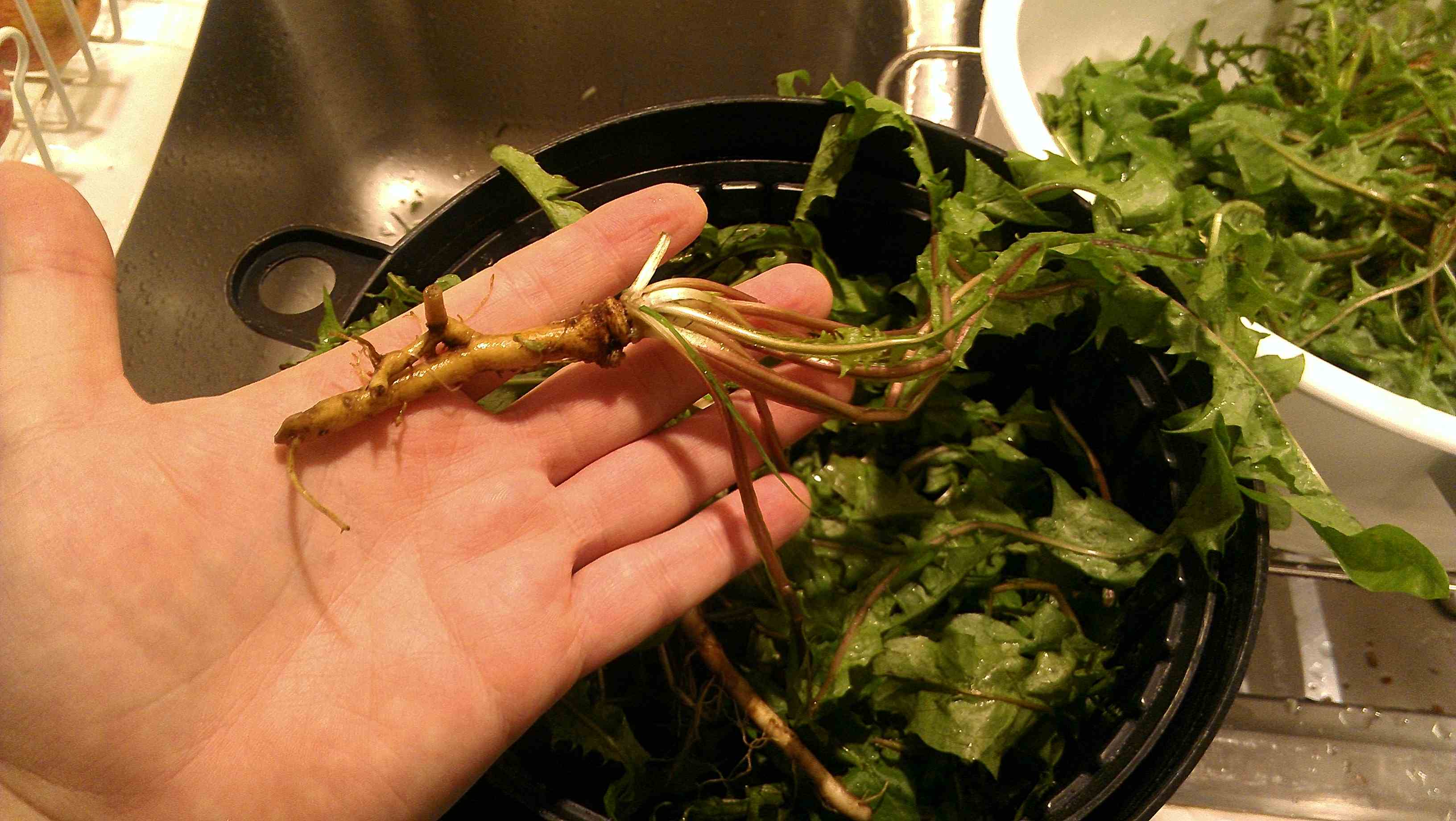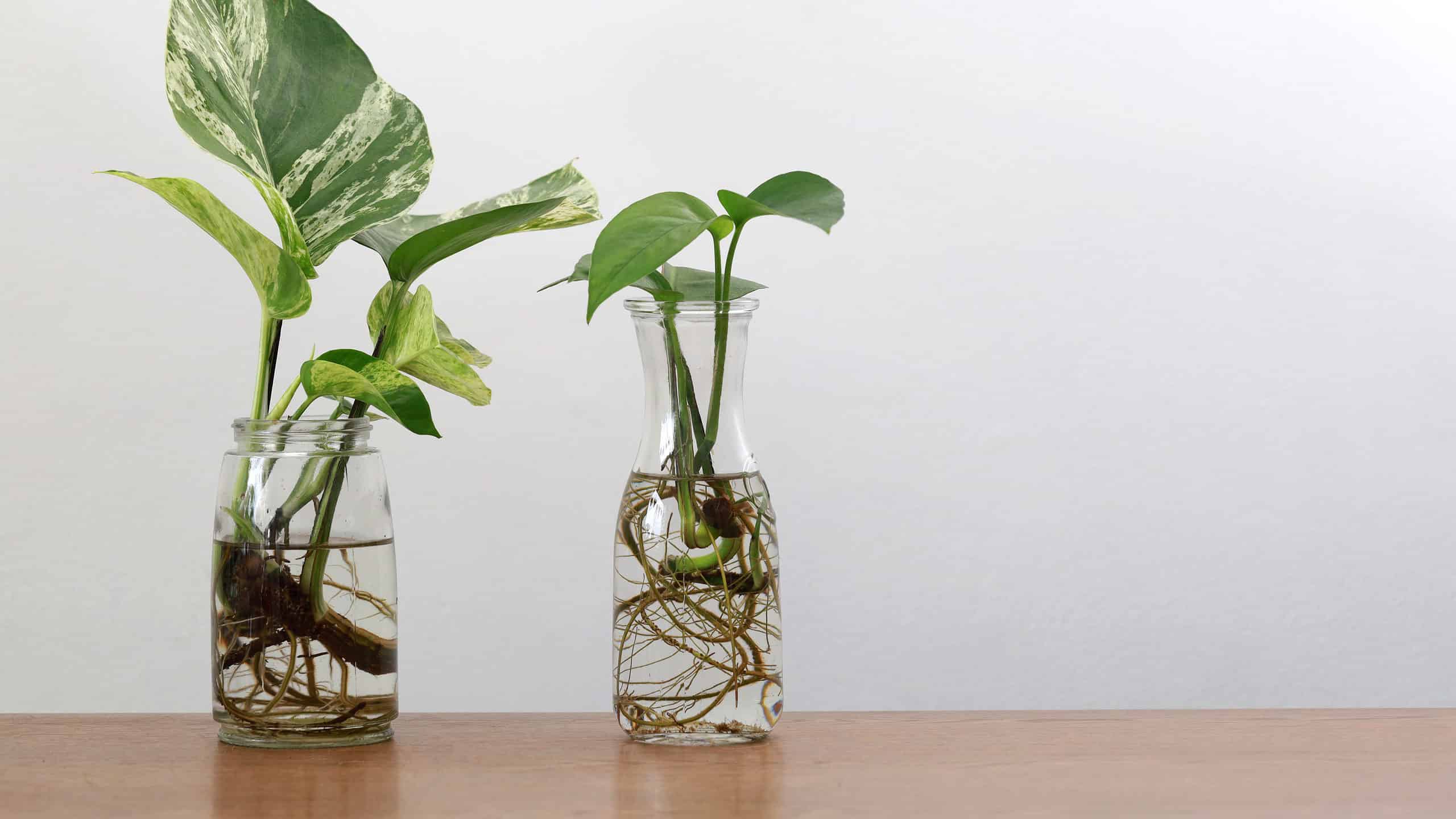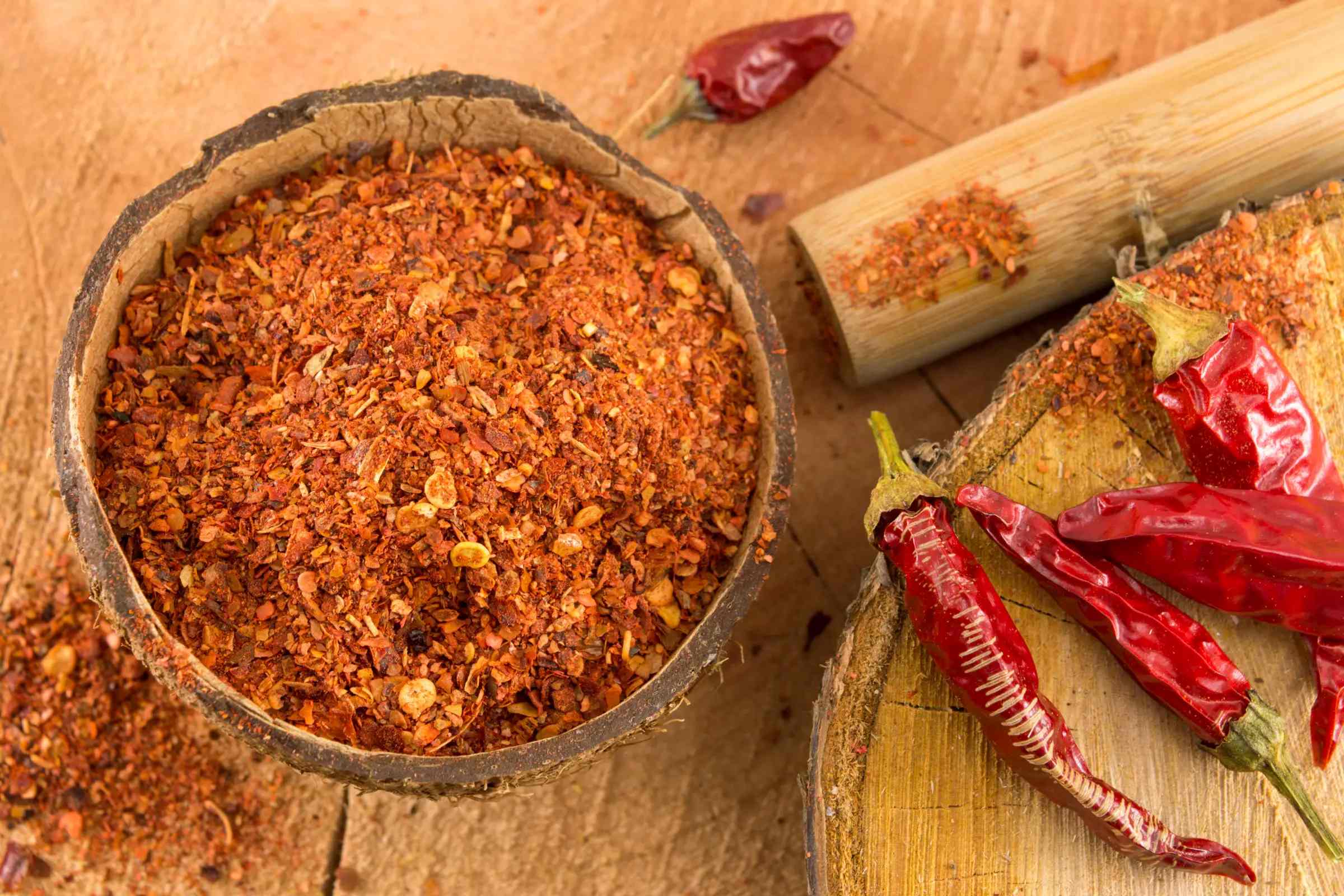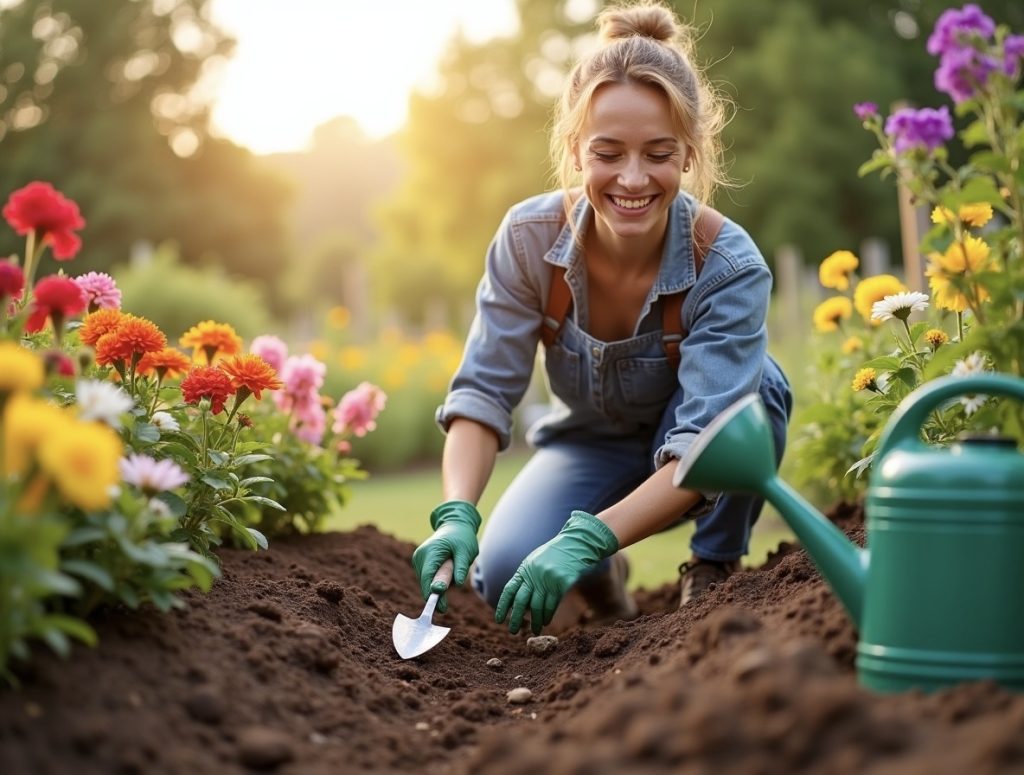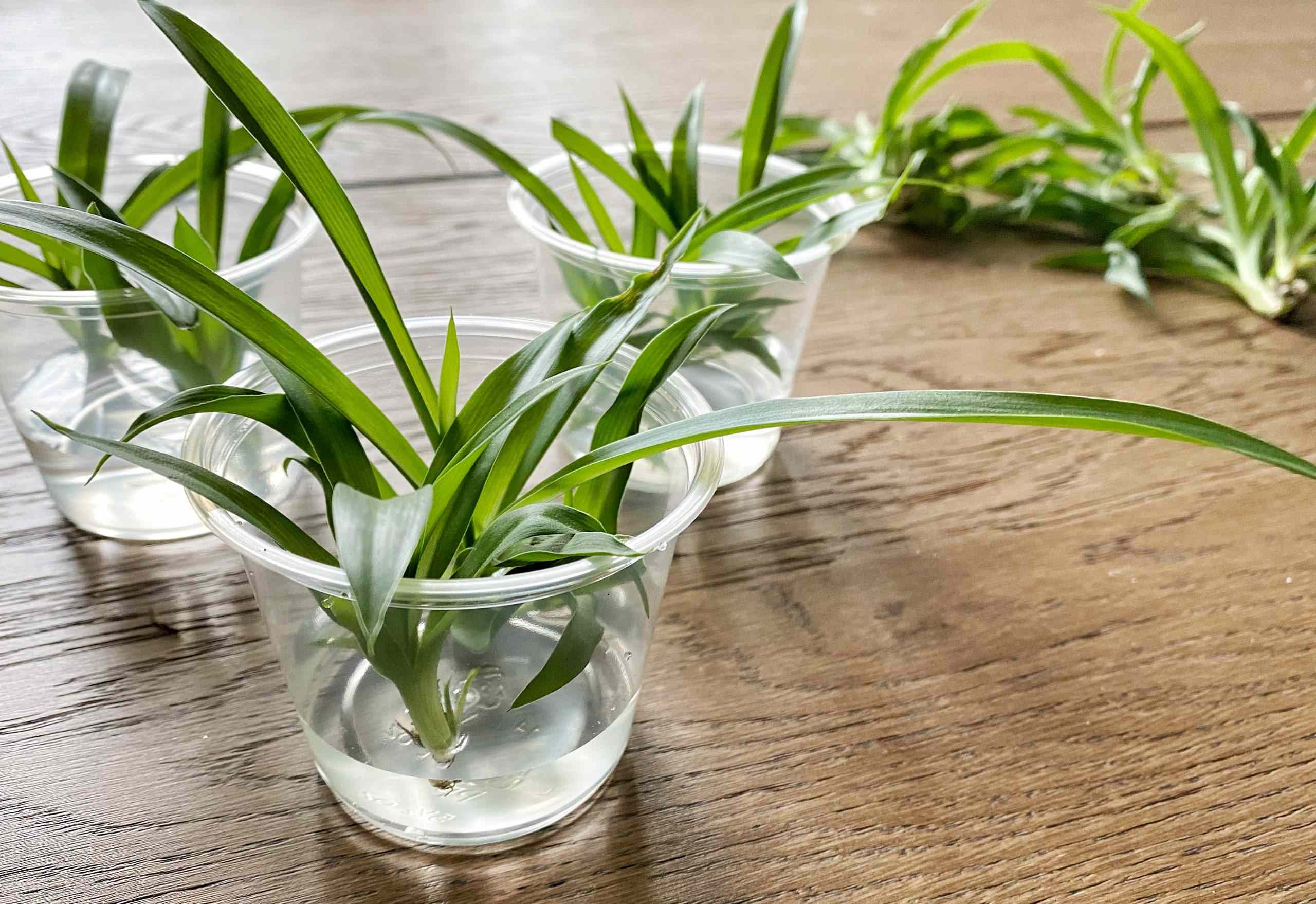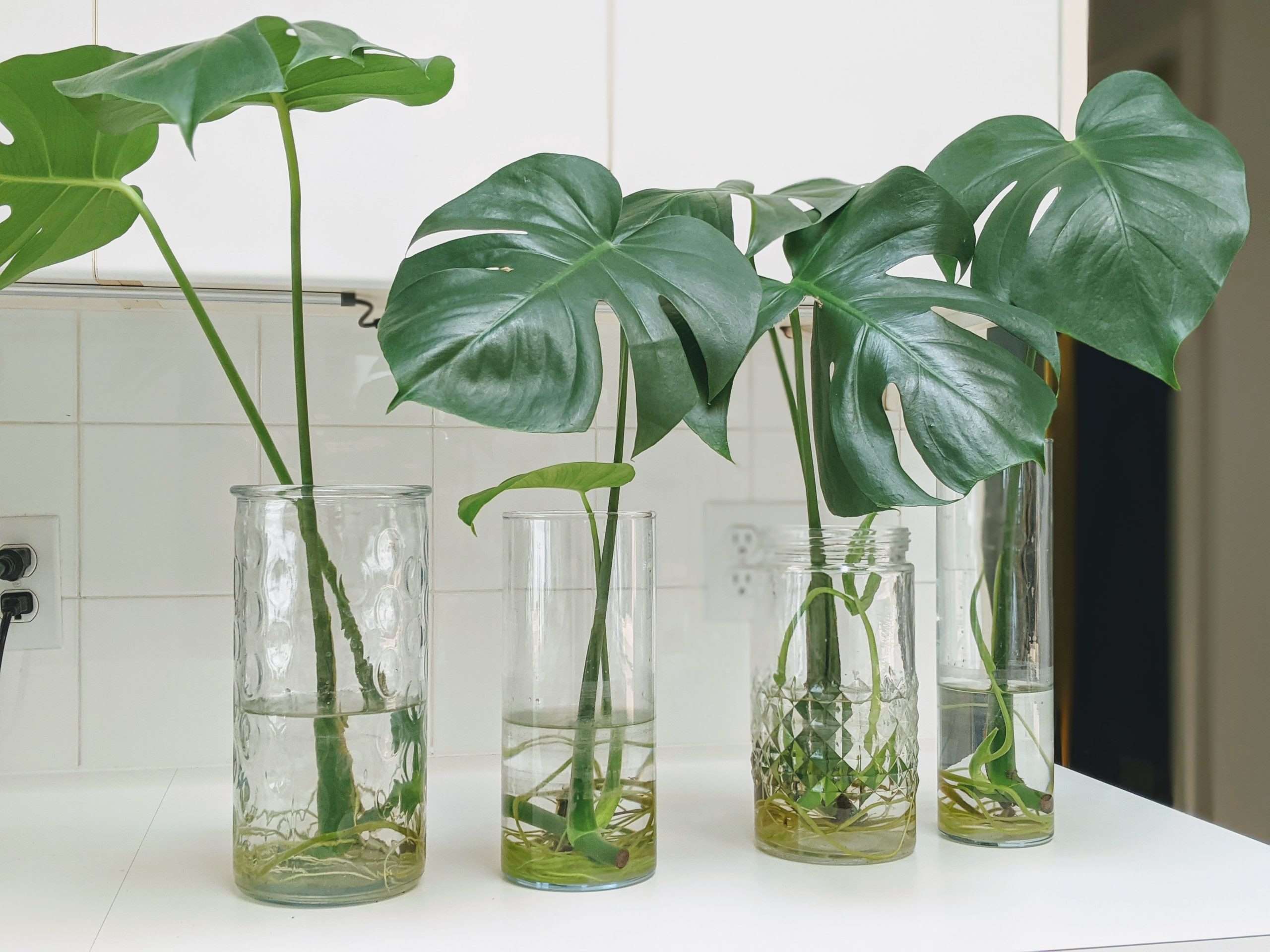Home>Gardening Basics>Understanding Soil>How Long To Let Soil Settle Before Planting
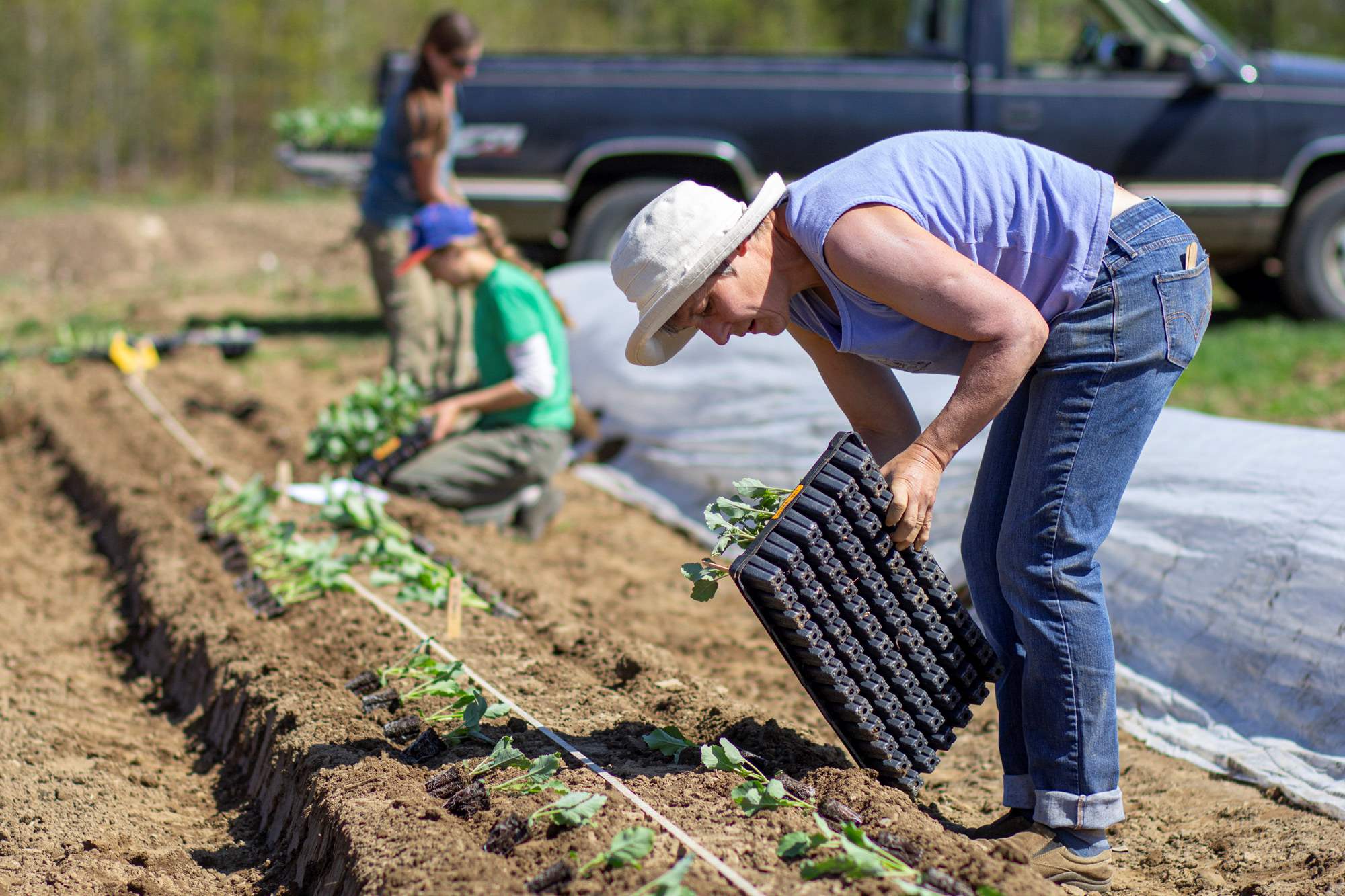

Understanding Soil
How Long To Let Soil Settle Before Planting
Modified: February 5, 2024
Learn the ideal time to let the soil settle before planting to ensure healthy growth. Gain a deeper understanding of soil and maximize your gardening success.
(Many of the links in this article redirect to a specific reviewed product. Your purchase of these products through affiliate links helps to generate commission for Chicagolandgardening.com, at no extra cost. Learn more)
Table of Contents
Introduction
Welcome to the world of gardening! Whether you are a seasoned gardener or just starting out, understanding the importance of soil is crucial for the success of your plants. Soil is not just a lifeless medium, but a rich ecosystem teeming with microorganisms, nutrients, and organic matter. It provides a foundation for plant growth, anchoring roots and supplying essential elements for development. However, before you start planting, it is essential to let the soil settle to optimize conditions for the well-being of your plants.
When we refer to letting soil settle, we mean allowing it time to stabilize after any disturbance or manipulation. This could include activities such as tilling, amending, or leveling the soil. Allowing soil to settle before planting is vital, as it helps create a favorable environment for plant growth, encourages root development, and maximizes nutrient uptake.
Additionally, soil settlement helps prevent issues such as waterlogging, compaction, and nutrient leaching. By allowing the soil to settle, you can avoid potential problems and give your plants the best start in your garden.
Importance of Letting Soil Settle Before Planting
Letting the soil settle before planting is an essential process that can greatly benefit your garden in multiple ways. Here are some reasons why it is important to allow the soil to settle before you start planting:
Promotes proper root development: When you let the soil settle, it allows the particles to come together and create a stable structure. This stability provides a conducive environment for root growth and penetration. Proper root development is critical for plants to establish themselves and access nutrients and water effectively.
Optimizes nutrient availability: Soil settlement allows for the redistribution of nutrients. When the soil is disturbed, nutrients can become unevenly distributed, making it difficult for plants to access them. Allowing the soil to settle ensures that nutrients are more evenly dispersed, providing a balanced nutrient supply for plant uptake.
Improves soil structure and aeration: Soil settlement allows the soil particles to arrange themselves in a way that improves structure and promotes good drainage. This allows water to penetrate the soil more efficiently, reducing the risk of waterlogging. Additionally, improved soil structure enhances aeration, ensuring that plant roots have access to oxygen, which is essential for their survival and metabolic processes.
Reduces the risk of compaction: When soil is freshly tilled or disturbed, it can be more prone to compaction. Compacted soil restricts root growth, impedes water infiltration, and can lead to drainage problems. Allowing the soil to settle reduces the risk of compaction and provides a more friable and permeable medium for plants to grow in.
Prevents nutrient leaching: During the settling process, excess water and nutrients can leach out of the soil. Allowing the soil to settle before planting gives time for these excess nutrients to move through the soil profile and be carried away, reducing the risk of nutrient imbalances or contamination.
Overall, letting the soil settle before planting is crucial for creating an optimal growing environment for your plants. It ensures proper root development, maximizes nutrient availability, improves soil structure and aeration, reduces the risk of compaction, and prevents nutrient leaching. By taking the time to let the soil settle, you set the stage for healthy and thriving plants in your garden.
Factors that Affect How Long Soil Needs to Settle
The time it takes for soil to settle before it is ready for planting can vary depending on several factors. Here are some key factors that can influence how long soil needs to settle:
Type of soil: Different soil types have varying characteristics that can impact settling time. Sandy soils, for example, have larger particles and tend to settle more quickly compared to clay soils, which have smaller particles and take longer to settle. The composition and structure of the soil will influence the time required for it to stabilize.
Level of disturbance: The extent to which the soil has been disturbed affects how long it takes to settle. Intensive tilling, grading, or excavation can greatly disrupt the soil structure and require more time for settlement. Lightly cultivated or minimally disturbed soil may settle more quickly.
Moisture content: The moisture content of the soil plays a significant role in settling time. Excessively wet soil can take longer to settle due to the higher porosity and waterlogged conditions. Conversely, very dry soil may also take longer to settle as it needs moisture to aid in the compaction process. Optimal moisture levels are necessary for efficient settling.
Organic matter content: Soils rich in organic matter tend to settle more slowly compared to those with lower organic content. Organic matter, such as compost or aged manure, can be beneficial for improving soil structure and fertility, but it can also add bulk and looseness, prolonging the settling process.
Environmental conditions: Environmental factors such as temperature and weather patterns can influence soil settling time. Warmer temperatures generally promote microbial activity, which can help decompose organic matter and facilitate settling. On the other hand, cold or freezing temperatures can delay or slow down settlement processes.
Size and depth of the area: The size and depth of the area that needs to settle can affect the time required. Larger areas may take longer to settle due to the increased volume of soil involved. Additionally, deeper soil layers may take more time to settle than shallow layers.
It is important to consider these factors when allowing soil to settle before planting. While there is no precise timeframe that applies universally, understanding these factors can help you gauge how long it might take for the soil in your specific context to reach the desired settling stage.
Recommended Time for Soil to Settle Before Planting Different Crops
The recommended time for soil to settle before planting can vary depending on the specific crop you intend to grow. While there is no one-size-fits-all timeframe, here are some general guidelines to consider:
Annual flowers and vegetables: In most cases, annual flowers and vegetables can be planted in soil that has settled for about two to four weeks. This allows enough time for the soil structure to stabilize and nutrients to redistribute. However, it is always beneficial to assess the soil conditions before planting to ensure it is adequately settled.
Perennial plants and shrubs: Perennial plants and shrubs usually require a more established soil structure for long-term growth. It is recommended to let the soil settle for about six to eight weeks before planting perennials. This extended settling period allows for a stronger foundation and root development.
Trees and large plants: Trees and large plants have substantial root systems and require a well-settled soil environment. It is best to let the soil settle for a minimum of three to six months before planting trees. This timeframe allows for proper compaction and stability, giving the roots a solid foundation to establish and grow.
Container gardening: When using containers or pots for planting, the settling time may be shorter. However, it is still important to allow the soil to settle for at least one to two weeks before planting. This gives the soil a chance to compact and stabilize in the container, ensuring proper root development and nutrient availability.
Keep in mind that these recommended settling times are guidelines and can be influenced by various factors, including soil type, level of disturbance, and environmental conditions. It is crucial to assess the soil condition firsthand and understand the specific requirements of each crop you plan to grow.
By following these recommended settling times, you give your plants the best opportunity to thrive and establish themselves in a stable and nutrient-rich soil environment. It is important to be patient and allow the necessary time for the soil to settle properly before embarking on your planting journey.
Techniques to Help Soil Settle Faster
Although the settling process is natural and takes time, there are several techniques you can employ to help accelerate soil settlement. Here are some effective methods to expedite the soil settling process:
Watering and irrigation: Adequate watering and irrigation can aid in the compaction of soil particles and promote settling. It is important to water the soil evenly and maintain proper moisture levels throughout the settling period. Avoid overwatering, as this can lead to waterlogged conditions and hinder the settling process.
Rolling and compacting: Using a lawn roller or compactor can help speed up the soil settling process, especially for larger areas. Carefully roll or compact the soil to encourage the particles to come together and create a more stable structure. This technique is particularly useful for areas that have been heavily disturbed or tilled.
Adding organic matter: Incorporating organic matter, such as compost or well-aged manure, can expedite soil settlement. Organic matter acts as a binding agent, facilitating particle aggregation and compaction. Mix the organic matter into the soil before settling and give it time to decompose and integrate with the soil structure.
Using soil amendments: Soil amendments such as gypsum or lime can help improve soil structure and promote settling. These amendments work by altering the chemical properties of the soil, allowing particles to come together and settle more efficiently. Follow the manufacturer’s instructions and ensure the amendments are properly mixed into the soil.
Mulching: Applying a layer of organic mulch, such as straw or wood chips, can facilitate soil settlement. Mulch helps regulate moisture levels, prevent erosion, and encourages microbial activity. This can aid in the decomposition of organic matter and promote soil compaction and settling.
Avoiding excessive foot traffic: Minimize foot traffic and heavy machinery on freshly tilled or disturbed soil. Excessive pressure can compact the soil and disrupt settling. If necessary, use boards or walkways to distribute weight and protect the soil from compaction.
Time and patience: Ultimately, the settling process requires time and patience. While these techniques can help expedite the process, it is important to allow sufficient time for the soil to stabilize naturally. Rushing the settling process may compromise the long-term health and productivity of your plants.
By incorporating these techniques, you can help accelerate the soil settling process and create a stable foundation for your plants. Remember to assess your specific soil conditions and choose the techniques that are most appropriate for your garden.
Signs that Soil is Ready for Planting
Knowing when the soil is ready for planting is essential to ensure the success of your garden. Here are some signs that indicate the soil is adequately settled and ready for planting:
Even surface: When the soil has settled properly, the surface will appear even and level. Any depressions or bumps caused by soil disturbance should no longer be prominent. A smooth and uniform surface indicates that the soil particles have settled and compacted evenly.
Crumbly texture: Touch the soil with your hands or a garden tool to assess its texture. Well-settled soil will have a crumbly and friable texture, indicating that the particles have compacted and interlocked. It should be loose enough for root penetration but still cohesive enough to hold moisture and provide support for plants.
Proper drainage: Properly settled soil will allow for good drainage. After watering the soil, observe how water infiltrates and drains. If water quickly soaks in without pooling or running off, it is a positive indication that the soil has settled sufficiently. Adequate drainage helps prevent waterlogging, which can negatively impact plant roots.
Absence of waterlogged areas: Walk around the garden area and inspect for any waterlogged or saturated spots. If the soil has settled properly, there should be no areas where water accumulates or pools after rainfall or irrigation. Waterlogging can indicate poor soil compaction and settling.
Stable soil structure: Gently dig into the soil with a garden tool or your hands. Properly settled soil will have a stable structure and hold its shape when disturbed. It should not crumble excessively or break apart easily. A well-structured soil indicates that the settling process has adequately progressed.
Optimal moisture levels: Soil that is ready for planting will have ideal moisture levels. It should be moist but not overly wet or dry. Squeeze a handful of soil and check if it holds together without excessive water runoff. Proper moisture levels promote root growth and enable plants to efficiently absorb nutrients.
Ample nutrient availability: Before planting, assess the nutrient levels of the soil. A soil test can provide valuable insight into the availability of essential nutrients for plant growth. Well-settled soil should have balanced nutrient levels that are appropriate for the specific plants you intend to grow.
Presence of beneficial soil organisms: A healthy and settled soil environment will host a diverse range of beneficial soil organisms, including earthworms, beneficial fungi, and bacteria. These organisms contribute to nutrient cycling, improve soil structure, and promote overall soil health.
By observing these signs, you can determine when the soil is ready for planting. It is important to be patient and ensure proper settling has occurred before introducing plants into the garden. Taking the time to assess these indicators will help create an ideal environment for successful plant growth and development.
Conclusion
Allowing soil to settle before planting is a crucial step in creating an optimal environment for your plants to thrive. By understanding the importance of soil settlement, considering the factors that influence settling time, and following the recommended guidelines, you can set the stage for successful gardening.
Letting the soil settle promotes proper root development, optimizes nutrient availability, improves soil structure and aeration, reduces the risk of compaction, and prevents nutrient leaching. These benefits contribute to the long-term health and productivity of your garden.
Factors such as soil type, level of disturbance, moisture content, organic matter, and environmental conditions all play a role in the time it takes for soil to settle. It is essential to be mindful of these factors and assess your specific soil conditions to determine the adequate settling period.
Different crops have varying requirements when it comes to soil settlement time. Annual flowers and vegetables generally require two to four weeks, while perennials and trees may need six to eight weeks or more. Container gardening can have shorter settling times, but it is still important to allow the soil to stabilize before planting.
There are techniques you can employ to help expedite soil settling, including watering and irrigation, rolling and compacting, adding organic matter or amendments, mulching, and avoiding excessive foot traffic. These strategies can help accelerate the settling process while maintaining soil health.
Signs that indicate soil is ready for planting include an even surface, crumbly texture, proper drainage, absence of waterlogged areas, stable soil structure, optimal moisture levels, ample nutrient availability, and the presence of beneficial soil organisms.
By paying attention to these signs, you can ensure that your soil is adequately settled and create the best conditions for successful plant growth.
So, before you begin planting your garden, take the time to let the soil settle. This essential step will provide a solid foundation for your plants to flourish, leading to a beautiful and bountiful garden for you to enjoy.



